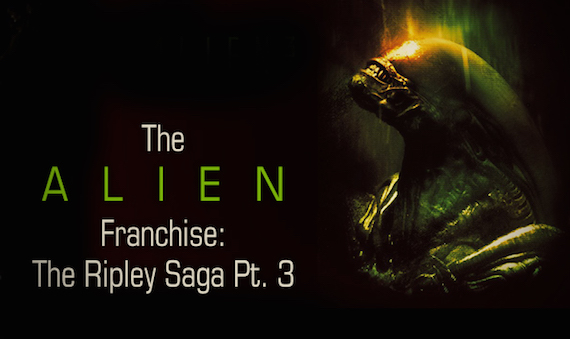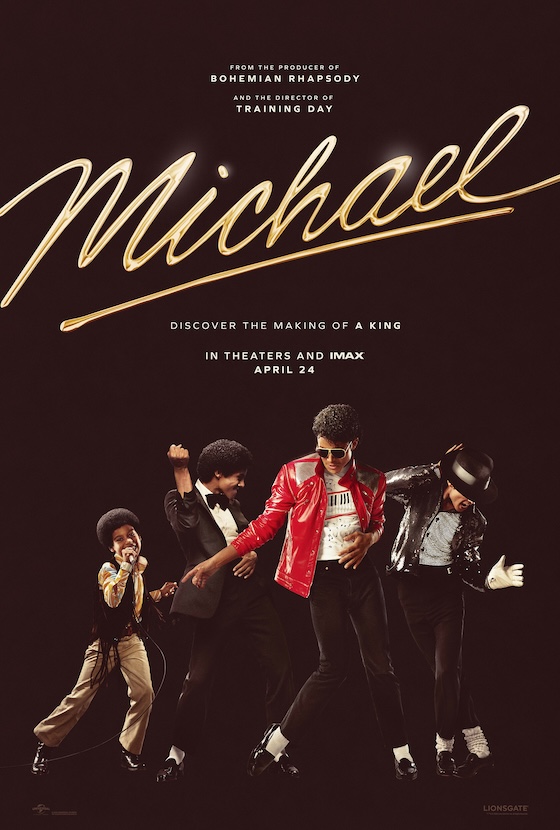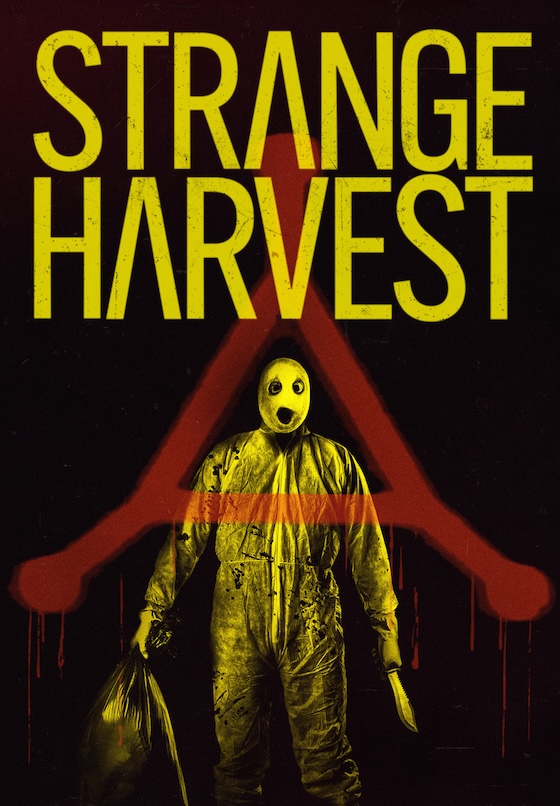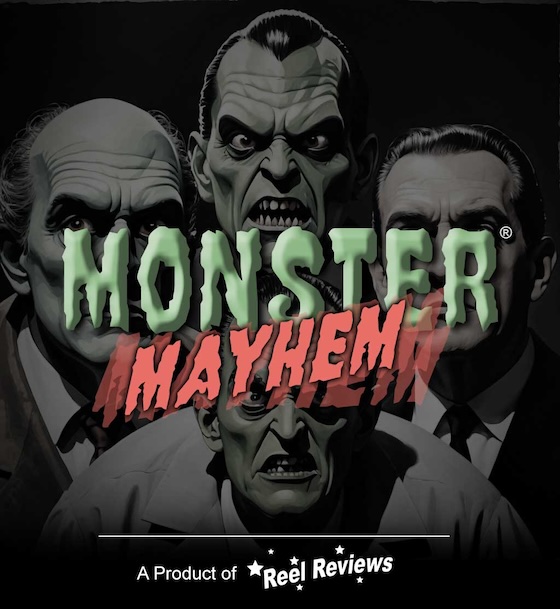With Alien: Covenant about to hit screens in 2017, we thought we’d take a trip back and explore one of the most successful and often turbulent franchises in cinema history. This six part article series will take you from the beginning, through all the twists and turns, all the way through to Ridley Scott’s latest entry into the Alien legacy.
Part 3
Also read:
The Alien Franchise: The Ripley Saga Pt. 1
The Alien Franchise: The Ripley Saga Pt. 2
The Alien Franchise: Alien Resurrection
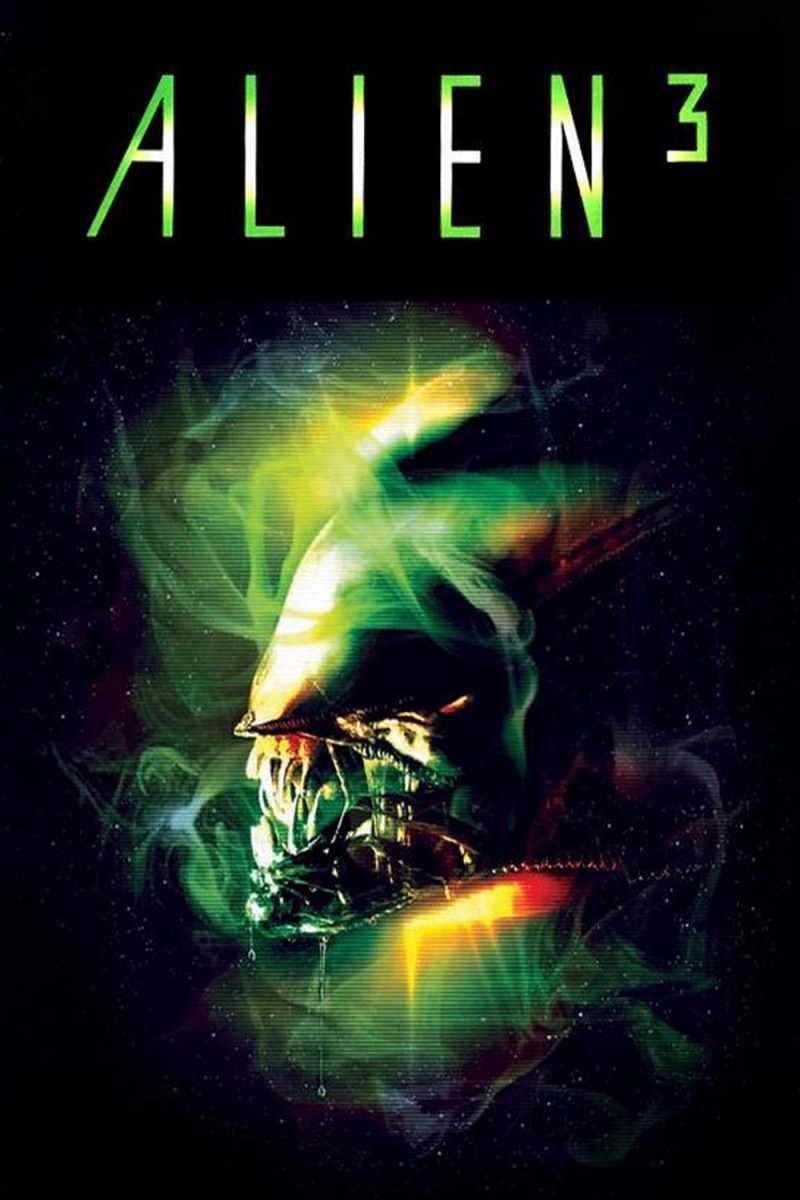 ALIEN 3 (1992)
ALIEN 3 (1992)
James Cameron toyed around with ideas for a follow up to his monster hit during production and for a short while after, but he was now a director that could write his own ticket, and eventually his attention moved on to other future turbulent projects, like The Abyss.
As with the gap between Scott and Cameron’s take on the universe, a significant amount of time would pass before anything public was announced on the next one. Unlike the previous two, attempts began in earnest to get another film off the ground fairly quickly. But if difficulty could be summed up in a title, then Alien 3 would be that title.
Ripley Reduced to a Cameo
Brandywine had spent time on a concept that would jettison most of the staples of the previous films, wanting to focus more on the corporation trying make the alien a weapon, in a two part story. Their idea was to reduce Ripley to a cameo in the first part and promote Michael Beihn’s Hicks to the new film’s lead. Even Weaver at that stage was in agreeance that Ripley’s value as a character would be diminished if it was just more of the same. But Ripley would return to the fore in the second part. She apparently had liked the cold war metaphor Giler and Hill were going for, but unofficially the actress had been pissed off that Fox had cut key character moments from the final edit of Aliens (those moments are now well known in the special edition that was released to the home video market). The studio, however, were not enthused with this direction, but agreed to finance its development under the condition that Brandywine make all efforts to recruit Ridley Scott back to the director’s chair. Author William Gibson was brought in with a very short three month window—due to an impending writer’s strike—to flesh out Brandywine’s concept into a script.
A Newcomer
Soon after that, realising Ridley Scott was not going to sign on, Brandywine brought in newcomer Renny Harlin to helm the project. Harlin, an ambitious Finnish director, who had just burst onto the scene with the fourth Nightmare on Elm Street, was soon to start receiving offers from everywhere. But Brandywine, always savvy at spotting up and comers, pounced first. There was just one problem: Harlin, much like Fox, didn’t like the direction Brandywine was taking things.
Harlin wanted to go to the alien home world and to Earth. But William Gibson’s script was what would be worked for a time. By the time the writer had finished, not even Brandywine were on board with his take, with Hill describing it as a perfectly executed script that just wasn’t that interesting. With no solid sense of direction, all the power players started rattling their drums and development hell was in full swing. Harlin got Eric Red to do a draft that jettison any of the original characters, and that went down with all other contributors like a lead balloon. David Twohy was hired to rewrite Gibson’s script initially, but Harlin became more and more insistent that they take things in another direction. Twohy’s draft again excluded Ripley. Fox then stepped in an insisted that the Ripley character was an essential part of these films and would accept nothing less. Harlin walked to make The Adventures of Ford Fairlane.
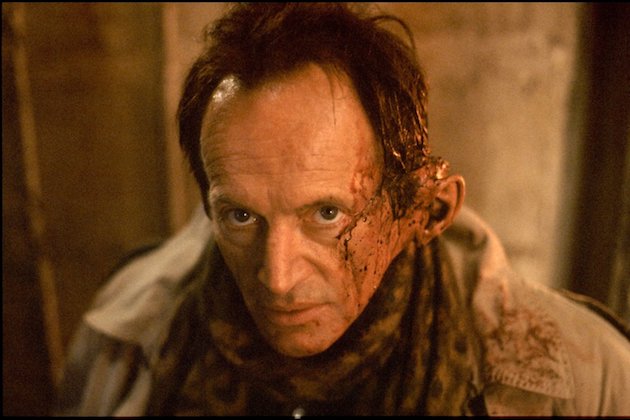
Ripley Back on Board... But no Guns
This time there was no haggling on the part on Fox. Weaver was offered 5 million to return plus a back end profit deal. She agreed to return on the stipulation that there be a unique take that was not dependant on guns.
Twohy was retained to write another Ripley led instalment. Also retained from his previous draft would be the prison planet setting. But a new director, again from the most unlikely source, would now take the helm and again steer the project on shaky ground. It seemed no one involved in the decision making could agree on what direction should be taken.
Vincent Ward, a New Zealand director known more for period character driven work, was badgered by Hill three times before he accepted the invitation to go pitch for the job at Fox. After reading Twohy’s script, he hated it so much he used a plane trip from London to L.A. to devise his own story and presented that. It only took that meeting and he was hired. His take could definitely not be accused of being more of the same and there would be no guns as Weaver had requested.
A Perfect Storm was Brewing
This iteration of Alien 3 would be the one that came closest to being made. But as with every iteration that preceded it, none of the major players would end up on the same page. A perfect storm was brewing as pre-production got underway. There was no doubt in anyone’s minds that they had a director on their hands with a clear vision of what Alien 3 would be.
In Ward’s version, written by John Fasano, the Sulaco crash lands on an artificial planet inhabited by monks. As in the version that finally made it to screen, Ripley would be the only survivor of the crash—except for a stowed away alien, who gestated in the hibernating body of Hicks. Soon after being rescued, Ripley would start to have hallucinations, and as the alien began picking off monks it would be revealed that a queen was growing inside Ripley. Ward had delivered a story that, in principle, everyone from Brandywine to Weaver to Fox liked. And design work would commence. There was just one thing. No one had told Twohy that another script had been written and that he was off the project. Second hand information had come his way through a journalist and Twohy went to Fox and officially quit.
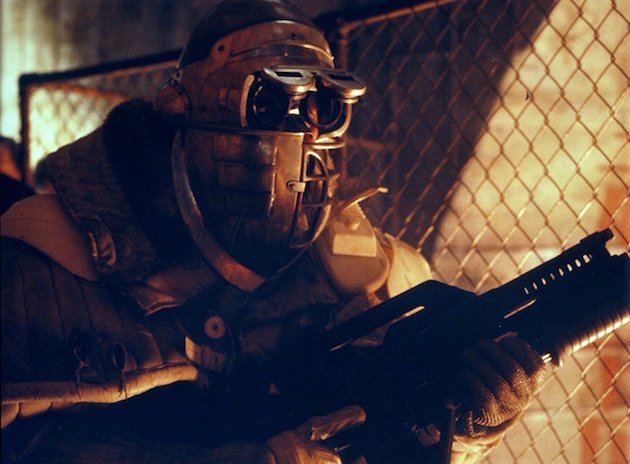
One of the Greatest Sci-fi Movies Never Made
Ward has proven since that he is an imaginative visualist (watch What Dreams May Come as proof) and had committed in earnest to the concept of an artificial planet, constructed of wood. Everything from the dwellings to the tools to the toilets would be old world and conceal any hint of technology. It would be gothic, dark, and classical in terms of a monster movie. Had this version come to pass, it truly would have been a film apart visually from the other two. Unfortunately, while the bones of the story would survive to the actual finished project, the powers that be were getting nervous about the production design. Questions started to spring up the further along pre-production went about the logic of Ward’s concept. After multitudes of meetings with the studio attempting to meddle, and finding out that the studio had planted spies within his team to undermine him, a showdown meeting occurred. Fox had a list of changes they demanded be executed. Ward held steadfast that this was what the studio signed up for and that was the only way he was going to do it. At meeting’s end, with sets already being built in London, Vincent Ward was fired. The Ward/Fasano script is to this day considered one of the greatest sci-fi movies never made.
Hill and Giler, now fatigued from the endless development hell, hired writer Larry Ferguson after they did a pass on Fasano’s script. But his work was instantly disliked by the studio, and more essentially Weaver. She had it written into her contract that she would only star if the script was written by the two producers, feeling that—with the exception of James Cameron—they were the only ones who could write Ripley correctly.
David Fincher Comes Aboard
As this creative roundabout continued, a young former special effects man, who had been carving quite a lucrative career filming music videos for some of the world’s biggest talents, was approached to be the next director. In this day and age there isn’t a person on the planet with a modicum of interest in film that isn’t familiar with the name David Fincher, but back then Fox—already on edge from the battles of this production—were looking to hold the reigns tight on a new talent. They were not prepared for what they just started.
David Fincher has gone on to be one of the most respected director’s in the business. He is responsible for some classic films since his cinematic debut Alien 3. He is known for his technical brilliance, his unrelenting habit of burning through film for the most simple of shots until he gets exactly what he wants, and his films reflect his attention to detail from script to finished product.
Things started out, as they usually do, promisingly. Weaver fell instantly in love with the young filmmaker when she asked him flat out how he saw Ripley. Fincher replied nonchalantly, “I don’t know. Bald?” Within that meeting, the star and director had an understanding and she put herself in his hands. But it would soon become apparent that his hands had been tied before they ever started.
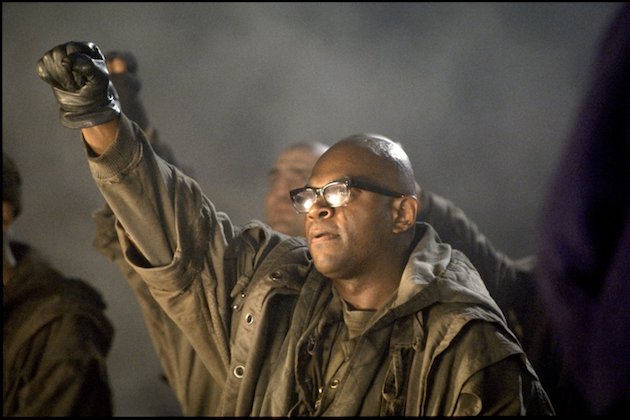
Principle Photography Begins Without a Completed Script
Having had no luck with the previous two directors and being deep in the hole in terms of the money that had already been spent on pre-production, the producers and studio began their relationship with Fincher meddling and never let up. Fincher was tasked to start principle photography without a completed script. Sets and many of the designs had already been made or partially constructed. In essence, Fincher had been given scraps from the past and forced to make do.
Fight Tooth and Nail, to the Bitter End
As with Vincent Ward, Fox and the producers had their company men planted, reporting back and often interfering with principle photography. Everything Fincher did would be questioned or challenged. What wouldn’t go the same way as Ward’s incarnation, would be their new director. Fincher would fight with them, tooth and nail, to the bitter end. This entry into the franchise became the very definition of World War 3, and Fincher would come out of the experience battle hardened.
Here is what Fincher had to contend with.
Principle photography began with no completed script. While quite a lot of Ward version’s bones were retained, the wooden planet was out, a prison planet was in. Again, the bones of the story would be retained but the nuances, the more fantastical elements and the characters would be rejigged or jettisoned entirely as filming progressed.
A Prime Example of Sheer Lunacy
There were constant battles between the producers and Fincher from casting onward. Weaver would eventually be joined by some predominantly elite British talents, with the likes of Charles S. Dutton, Paul McGann, Brian Glover, Pete Postlethwaite and Game of Thrones’ Charles Dance. Dance was a casting win for the producers, over Fincher’s preferred choice Richard E. Grant. In the completed film, Dutton’s character is the most fleshed out, but most of the characters weren’t even fleshed out when these actors were hired. As a prime example of the sheer lunacy Fox and Fincher demonstrated proceeding in this manner is the character of Gollic, played by Paul McGann. He was ‘conceived’ as a turncoat character, who aids the alien. But as filming began, McGann was asked to change the character so much that even in the completed film his accent and demeanour inexplicably shifts without explanation, and simply vanishes out of the movie without explanation. The only support actor to return from Aliens was Lance Henrickson, who played both his Bishop character and (unexplained in the narrative) a nefarious human ‘company man’ that the Bishop android was based on, in the film’s climax. Michael Beihn, none too happy with the excising of his character from the franchise, began a protracted and acrimonious negotiation for his likeness to be used, which resulted in a simple photograph of his character Hicks being inserted. The self-deprecating actor has mentioned that, had he known what David Fincher would become, his reticence to co-operate may have been tempered. Nonetheless he still considers the fate of Hicks an insult.
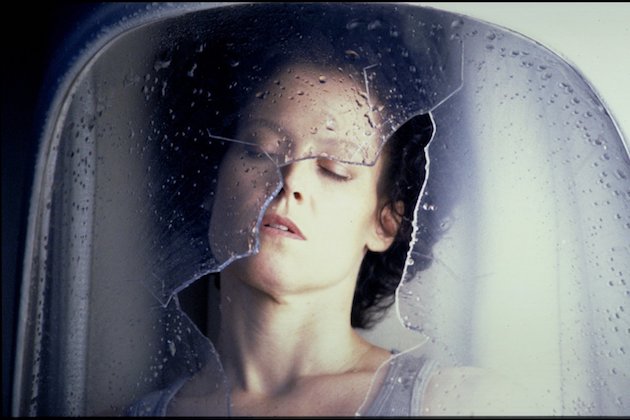
An Unending Tug of War
But actors were just one of many battle fronts, and crew recount that they watched this unending tug of war for control on Alien 3 turn their bright, enthusiastic young director into a glowering malcontent just trying to get to the finish line. Every day, every shot, according to all involved, was such a logistical nightmare and it became an exercise in pulling teeth.
On the crew front, principle photography had barely begun when for the second film in a row the director of photography would have to be replaced. This time it wouldn’t be a stand-off with the director, but human frailty that cost Jordan Cronenweth his job. As filming began, the demands of lighting the sets in the unique way Fincher had decided to go demonstrated that the D.O.P. was struggling physically. He quietly went about his business, but it became clear to all as he climbed ladders and crouch to the floors that he was struggling. It turned out he was suffering the onset of Parkinson’s disease and it forced his replacement Alex Thomson to take over after only two weeks of shooting.
Costume designer Bob Ringwood was so perturbed by the production’s atmosphere he walked from it early in production.
H.R. Geiger Comes on Board... or Does He?
In what should have been a coup for the production, the father of the alien, artist H.R. Geiger was coaxed back to redesign the creature. The production team had already been at work through several incarnations of the film, but were thrilled at the notion he would spear head the new design. Unlike on Scott’s film, Geiger would do his work from home, and his notoriously laborious process wasn’t being kept in check by an already time pressured production. Geiger and the powers that be quickly came to logger heads over the time he was taking, and by production’s end Geiger had walked, never to involve himself in the franchise again.
Hey Studio, Fuck You!
But of all the battles that would trouble the studio, the one that would cost the most was with their director. Fox executive Jon Landau in retrospect said that the studio made the mistake of trying to make a release date and not a film. But at the time, he and Fincher, both young and uncompromising men placed into powerful positions, were at polar opposites in terms of what was being achieved. To the studio and Landau, Fincher was an unproven entity hired to toe the line and deliver a product. They recognized the immense task that had been laid in front of the young man’s feet, but ultimately their responsibility was money. Alien 3 was a product that was running way over budget. Fincher wasn’t playing ball. He steadfastly battled to achieve his vision of the film. He was openly contentious and combative with his employers, and in a fuck you to the studio, refused to hasten his process and ploughed through his way no matter how many arguments followed. Fox realised they had hired a newcomer that was not grateful or willing to cow tow to their whims, but it was too late. So much money had been spent in previous incarnations and more still was on the line. Landau for all his efforts had come up against a formidable director, and took his leave from the day to day set battles, leaving Fincher’s willpower for someone else to deal with. Ezra Swerdlow, a Fox line producer, would be sent in to finish the fight. And it would be a fight right to the end. Fincher would attempt to shoot scenes and Swerdlow wouldn’t approve the money. Toward the end of the shoot, the studio refused to shoot an integral scene where Ripley and the alien face off in the foundry. At his wits end, Fincher threw a camera over his shoulder, went and got Weaver, and shot the sequence himself.
An NC-17 Threat
But a release date was looming and Fox, intent on getting some kind of return, kept up the pressure. Fincher would survive through the shoot and assemble an infamous 3 hour cut that was so graphic and gory it got threatened with an NC-17 rating. It was finally the straw that broke Fincher’s back. He walked from the film and left Fox to finish it in post-production, and to this day disowns it.
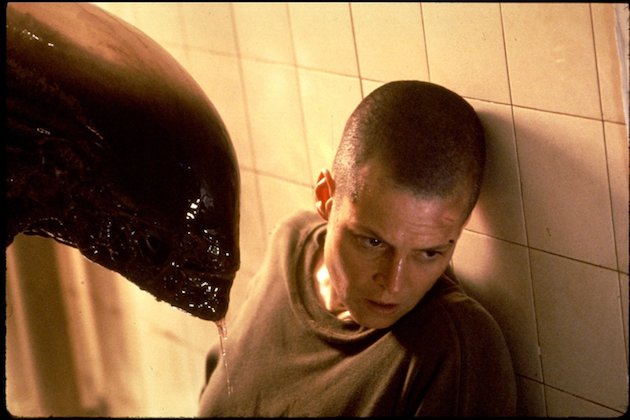
A Slap in the Face
Fox got its way: a product was ready. Alien 3 was released in May of 1992 to middling reviews. Cameron has gone on record in saying he sees the film’s story as a slap in the face. It is an oppressive, unrelenting film that’s tone off-put many. After the rah-rah adrenaline of Cameron’s entry, Ripley’s journey turns hopeless and gets worse. As with many involved in the production, the sum total presented sort of sucked the wind out of the audience and no one left feeling satisfied. The film bombed in the United States, but went on to triple its budget after worldwide release.
What Might Have Been
This reviewer likes the film, despite its mountains of flaws. There is nobility in Ripley’s sacrifice that defies the oppressive last act of her life (as was thought at the time, even by Weaver). In an extreme place she makes a selfless and extreme choice that saves the day. But one wonders what might have been in Fincher had chosen or been able to see it through to completion. The fact that he managed to shoot a movie in the warzone that was Alien 3 and it came out even marginally coherent, even without him at the end, is a testament to his talent. He would not direct again until 1995’s Se7en and then the world would stand up and give him his dues.
A Monument to Bad Business
Ripley’s journey, by most consensuses, ended flat. There are still kernels of brilliance from all participants, but it is ultimately a monument to bad business and studios not respecting its property. Reviews have tempered in the last 25 years and its merits are now acknowledged. But in 1992, Ripley was dead. The end. And after the marathon that was its production, no one was thinking of another one.
The almighty dollar is king, however, and before long the studio would want to milk its cow once more. The question would be would they learn from their mistakes?
Also read:
The Alien Franchise: The Ripley Saga Pt. 1
The Alien Franchise: The Ripley Saga Pt. 2
The Alien Franchise: Alien Resurrection

